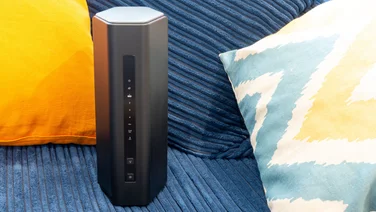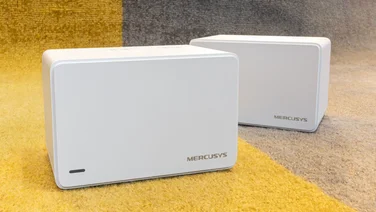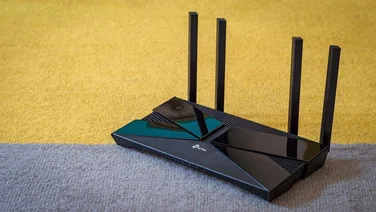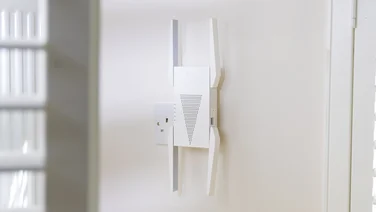To help us provide you with free impartial advice, we may earn a commission if you buy through links on our site. Learn more


The latest NAS from Iomega has a seriously long-winded name. The Cloud Edition, as we’ll call it, is one of the sleekest looking NAS devices we’ve seen with its black, brushed metal appearance. It can be positioned vertically using the included stand and is very quiet.

The Cloud Edition fared well copying large files, managing an average 25.7MB/s – just slower than a USB2 hard disk. It wasn’t as impressive at copying small files, coming in at 11MB/s overall, but this is still faster than various more expensive NAS devices.
Compared to previous Iomega NAS devices, the Cloud Edition has a totally revamped web management interface that’s logically organised and easy to use. Links to all of the controls can be viewed in one window pane, or they can be viewed as a series of separate categories for easier browsing. Even better is the ability to search for the control you want by keyword.
Creating new user accounts is easy – all the necessary controls are in one compact window. Each user can be granted or denied access to each shared folder, but there’s no option to grant read-only access. Users can be assigned a private folder all of their own, but it’s not possible to set usage quotas or group accounts together for easier management. These features may not be missed on a small network, though.
The Cloud Edition gets its name from its integration with various online storage services. It can automatically backup files to Amazon’s S3 pay-as-you-go service or EMC’s Mozy Backup service, which has a free 2GB service with paid-for plans for more storage. Amazon’s S3 service places a 5GB limit on individual file sizes and you can only backup a single shared folder.
There’s also the ability to access your files from any web-connected computer. DynamicDNS is supported to help make configuring this easier, but you may still need to adjust your router’s settings. The remote access web interface resembles Windows Explorer, but sadly, files must be uploaded one at a time, which can become tedious.
There’s a separate Personal Cloud service that does much the same thing, but requires a file browser app to be installed on the remote computer first. One advantage it has over the remote access feature is that it can share files with remote users rather than just local users on the network with pre-existing user accounts.

Other extra features include an iTunes server, a USB printer server and the ability to share the contents of a USB disk, all of which worked flawlessly. There’s also the ability to backup photos from a connected camera, but only ones which support the PTP protocol – most cameras we review don’t. The Cloud Edition can also stream media to a UPnP network media player, which generally worked well. There were occasional dropped frames with HD videos but not enough to make it unwatchable.
There’s plenty to like about the Cloud Editon NAS, from its reasonably quick performance to its many extra features and easy configuration. Best of all, it’s affordable too at just 11p per gigabyte.






